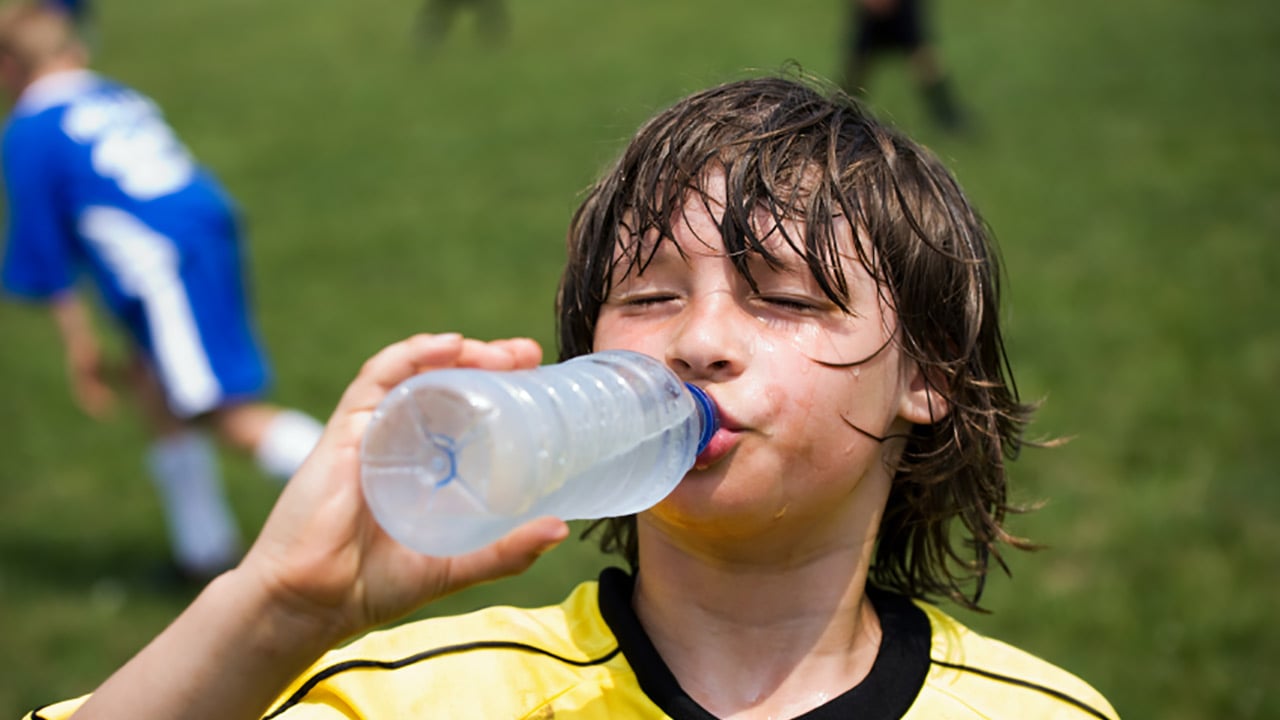- Doctors & Departments
-
Conditions & Advice
- Overview
- Conditions and Symptoms
- Symptom Checker
- Parent Resources
- The Connection Journey
- Calm A Crying Baby
- Sports Articles
- Dosage Tables
- Baby Guide
-
Your Visit
- Overview
- Prepare for Your Visit
- Your Overnight Stay
- Send a Cheer Card
- Family and Patient Resources
- Patient Cost Estimate
- Insurance and Financial Resources
- Online Bill Pay
- Medical Records
- Policies and Procedures
- We Ask Because We Care
Click to find the locations nearest youFind locations by region
See all locations -
Community
- Overview
- Addressing the Youth Mental Health Crisis
- Calendar of Events
- Child Health Advocacy
- Community Health
- Community Partners
- Corporate Relations
- Global Health
- Patient Advocacy
- Patient Stories
- Pediatric Affiliations
- Support Children’s Colorado
- Specialty Outreach Clinics
Your Support Matters
Upcoming Events
Colorado Hospitals Substance Exposed Newborn Quality Improvement Collaborative CHoSEN Conference (Hybrid)
Monday, April 29, 2024The CHoSEN Collaborative is an effort to increase consistency in...
-
Research & Innovation
- Overview
- Pediatric Clinical Trials
- Q: Pediatric Health Advances
- Discoveries and Milestones
- Training and Internships
- Academic Affiliation
- Investigator Resources
- Funding Opportunities
- Center For Innovation
- Support Our Research
- Research Areas

It starts with a Q:
For the latest cutting-edge research, innovative collaborations and remarkable discoveries in child health, read stories from across all our areas of study in Q: Advances and Answers in Pediatric Health.


The Difference Between Heat Exhaustion and Heatstroke

You know heatstroke and heat exhaustion are threats to your child, but do you understand the difference?
Both heat exhaustion and heatstroke are heat-related illnesses that happen when the body cannot properly cool itself in the heat. The body’s temperature rises faster than it can cool itself down. Exercising or playing in a hot or humid environment can increase the risk of dehydration, which can lead to heat exhaustion and heatstroke. A child should also never be left in a car, especially when it is warm outside, since this can also lead to heat exhaustion or heatstroke.
Although these conditions are both caused by heat, they cause different combinations of symptoms.
What is heat exhaustion?
Heat exhaustion is an illness that causes excessive thirst, nausea, fainting, cool and clammy skin, weakness, muscle aches, heavy sweating, slow heartbeat and dizziness. A child’s temperature is higher than normal during heat exhaustion, but less than 104 degrees Fahrenheit. If heat exhaustion is not treated, it can lead to heatstroke.
What to do if your child has symptoms of heat exhaustion:
- Quickly get your child out of the heat and into a cool place.
- Have your child lie down and elevate their legs to get blood flowing to their heart.
- Take off any extra clothing.
- Apply cool towels to their skin or have them take a cool bath.
- Have your child take small sips of liquids such as water or a sports drink.
- If their symptoms don’t improve, call 911.
What is heatstroke?
Heatstroke is a medical emergency. It may develop following heat exhaustion if your child doesn’t get medical attention. It occurs when the body’s temperature rises above 104 degrees Fahrenheit and its cooling system stops working. This potentially life-threatening condition is characterized by nausea, vomiting, headache, dizziness, fatigue, rapid heart rate, hot and dry skin, shortness of breath and decreased urination.
Call 911 if your child has the symptoms mentioned above.
How can you prevent heat-related illness?
- Stay cool indoors, if possible. On hot days, try to do outdoor activities with kids when it’s coolest, like in the morning or evening hours.
- Protect your child from the sun. Make sure your child wears sunscreen. Sunburn affects the body’s ability to cool down, which can cause dehydration. Have your child wear a hat, use an umbrella or rest in shady areas.
- Remind your child to drink plenty of water throughout the day. Avoid giving them drinks with sugar and caffeine. If their urine is clear, they are probably drinking enough liquids. Dark urine is a sign that they are dehydrated.
- Have your child wear the right clothing. Dress them in loose, lightweight, light-colored clothing.
- Never leave a child alone in the car. Your car heats up faster than you think. Help reduce the number of deaths from heatstroke by remembering to ACT:
- A: Avoid heatstroke-related injury and death by never leaving your child alone in a car, not even for a minute. On a day when the temperature outside is 80 degrees, the temperature in your car can go up to 99 degrees inside the car within only 10 minutes.
- C: Create reminders by putting something in the back of your car next to your child, such as a briefcase, purse or cell phone that you need at your final destination.
- T: Take action. If you see a child alone in a car, call 911.



 720-777-0123
720-777-0123



